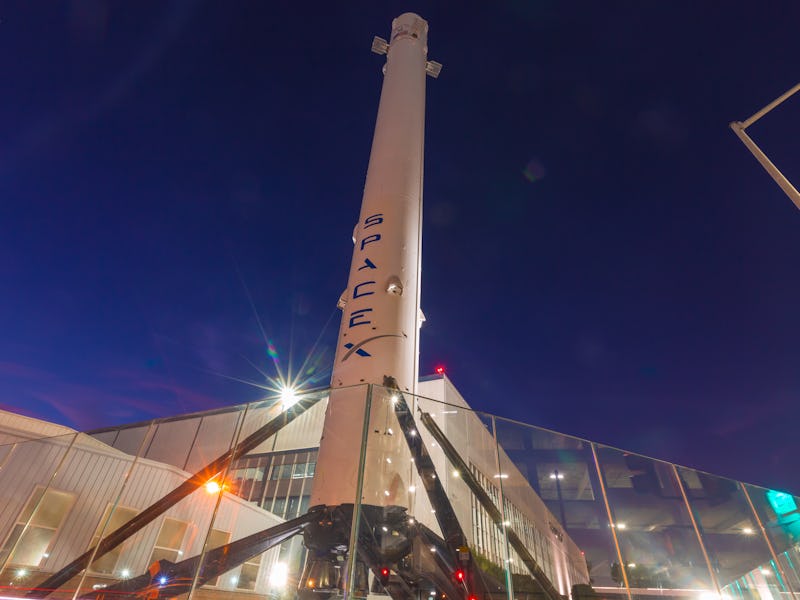SpaceX's ridesharing business has passed a jaw-dropping milestone
The space-faring firm has been inviting consumers to sign up for its Uber-like ridesharing service.

SpaceX's ridesharing program, which enables satellite operators to hitch a ride on a rocket, has passed an impressive milestone.
On Wednesday, the space-faring firm announced via Twitter that over 100 spacecraft have signed up to use the service:
"More than 100 spacecraft have been signed up to fly on Falcon 9 since we launched the rideshare program. Small satellite operators can book their ride to orbit online"
The landmark, which comes fewer than seven days after its first ridesharing mission debuted, suggests the program has received a warm reception. SpaceX first announced the SmallSat Rideshare Program back in August 2019, as a way of sending up payloads on other missions rather than scheduling an entire mission just for one payload. Think of something like UberPool, where the firm groups together suitable passengers, and that gives a good approximation.
The news came the same day that Seattle-based Spaceflight Inc. announced a multi-flight ridesharing agreement with SpaceX. This will help Spaceflight's small satellite customers reach orbit, and it's expected to last until mid-2021. The pair previously partnered on the SpaceX SSO-A mission, which launched in March 2018 and sent up 64 satellites in a ridesharing arrangement.
Initiatives like SpaceX's new program help make the space industry more affordable and open it up to more participants. SpaceX, along with other private companies in the emergent new space race, has been working to reduce the costs associated with spaceflight. One of the most visible ways it has done this is by landing the booster of its Falcon 9 rockets after launches, estimated to save $46.5 million of the $62 million price tag associated with launches.
The rideshare program is another step toward cheaper flights. SpaceX charges $1 million to send up 200 kg (441 pounds) into a sun-synchronous orbit – an orbit that always faces the Earth at the same time as the sun. Every extra kilogram costs an extra $5,000. Users can also send up payloads to low-Earth orbit or polar orbit. The missions are expected to run frequently, with "frequent launches" to mid-inclination orbit and a mission every four months to sun-synchronous orbit.
SpaceX's capture of its first ridesharing mission.
SpaceX sent up its first mission as part of the new program on June 13. This mission was for the ninth batch of Starlink satellites, designed to support the emergent internet connectivity constellation with high speeds and low latencies. While the previous eight missions sent up 60 craft, this one only sent up 58. The satellites shared the Falcon 9 rocket with three satellites for San Francisco-based firm Planet.
The satellites on the first ridesharing mission give a glimpse at what people can do with these new capabilities. Planet sent up SkySats 16-18, observation satellites that are designed to support the first 15 that are in a sun-synchronous orbit. The three new craft will operate at a mid-inclination orbit of 53 degrees, adding more precise imagery to the mix.
The next ridesharing mission is currently scheduled for June 23. This will send up the 10th batch of Starlink satellites, returning to the regular number of 60. It will also send up two BlackSky earth observation satellites.
The Inverse analysis – SpaceX's ridesharing program has already attracted large amounts of interest, but it could offer even better value with the Starship. The vehicle, currently under development in Texas, is designed to send over 150 tons into space at a time. This week, a Twitter user called "Neopork85" showed what it would look like sending up four times as many Starlink satellites at once.
Getting an Uber-like ride from a Falcon 9 is cool, but it could pale in comparison to the sleek, stainless steel behemoth that's on the way.